Service interruptions for drinking water installations – options for action
4-minute read
There are many reasons why a drinking water installation might be affected by a service interruption. Summer holidays for schools, off-peak close-downs in hospitality or the winter season for open-air baths – these and many other reasons result in a break in normal operations. Accordingly, every building operator or facility manager must ensure that they know what service interruption means in terms of the legislation for drinking water systems. Yet simply knowing the rules is not enough. The operator or manager must also be clear about the measures to take during the stoppage and/or when restarting normal operations. Apart from simply flushing the drinking water installation, other activities may also be required – such as carrying out microbiological testing.
A choice of two options
While service interruptions such as school holidays or off-peak close-downs cannot be avoided, they must be managed properly in terms of drinking water hygiene. Here, the legislation basically offers two options for handling the situation.
- The building operator can simply ensure the necessary exchange of water across all tapping points at least every 72 hours, manually or electronically, and so avoid an actual service interruption.
- Alternatively, the operator can take the drinking water installation out of service for several weeks or months. Later, they can then take all of the necessary steps to protect users and their health when recommissioning the system.
Both methods have their pros and cons, and both are permissible according to the generally recognised codes of practice. We’ve also prepared a short and compact summary of the benefits of each approach, and how you can ensure you stay on the right side of the law. The document can be downloaded here.
The quick and easy guide to water exchanges
Anyone deciding on option 1 should have systems in place that ensure a straightforward approach to achieving the necessary exchange of water. Ideally, this will mean a combination of electronic, networkable fittings and a water management system. For all key tapping points, SCHELL can offer high-quality, resource-friendly and networkable fittings, such as the CELIS E wash basin tap, the GRANDIS E kitchen tap or the MONTUS Flow WC module. All of these can be networked using the Water Management System SWS. This system offers an easy way to ensure the systematic management of even complex facilities, since SWS offers central configuration of parameters like stagnation flushes. Flushes are also logged by the system, which gives operators an audit trail for proving compliance with legal obligations. The add-on online service SMART.SWS offers remote monitoring for any facility from anywhere in the world. Without even entering the building, operators can easily check drinking water hygiene as well as the required exchanges of water.
Microbiological testing during system recommissioning
Anyone deciding on the alternative, option 2, must be aware that microbiological testing may need to be completed. German drinking water legislation lists maximum microbiological values for bacteria as well as a technical action value in the case of Legionella.
Drinking water installations must comply with all of these required values. As a minimum standard, generally recognised codes of practice must be followed for planning, construction and operation (section 17 of the German drinking water regulation (TrinkwV)). Beyond this, there are also technical codes covering sampling and testing methods as well as monitoring times and intervals. Compliance is also required here.
We have prepared another informative summary of the intervals that need to be complied with, the available options for testing and situations where a dedicated sampling valve is mandatory for a drinking water installation. The document can be downloaded here.
In conclusion, service interruptions are not difficult to handle, as long as you have the right expertise in terms of the rules and regulations – and regardless of which option you choose.
Would you like to learn more about drinking water hygiene beyond the basics? Then make sure that you take a look at this post.

![[Translate to English:] [Translate to English:]](/fileadmin/_processed_/1/b/csm_symstemloesungen_e2_thumb_6bca267f26.jpg)
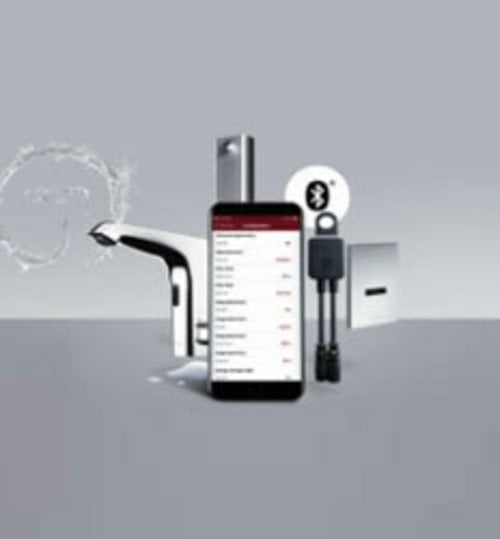
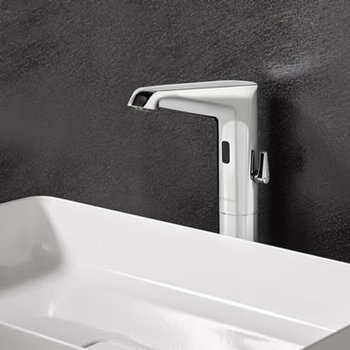
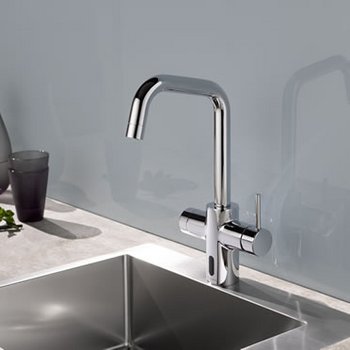
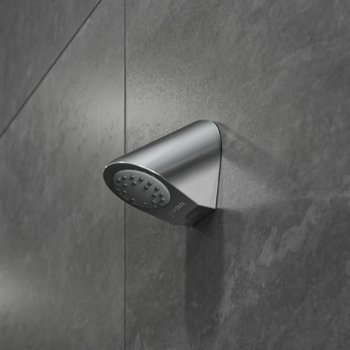
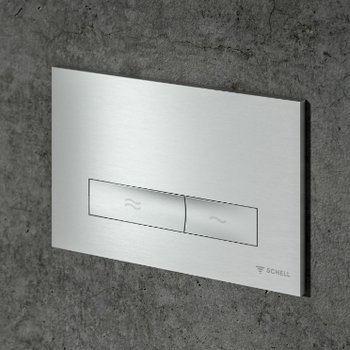
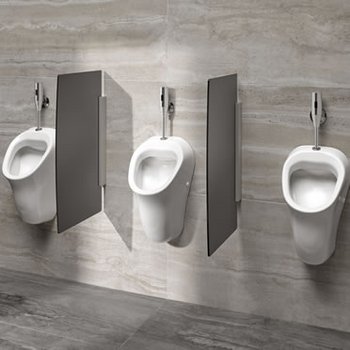
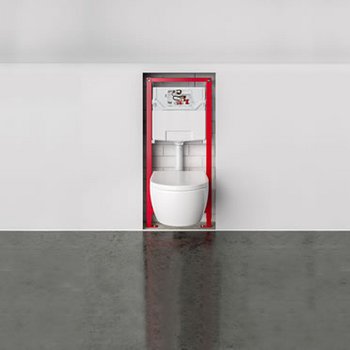
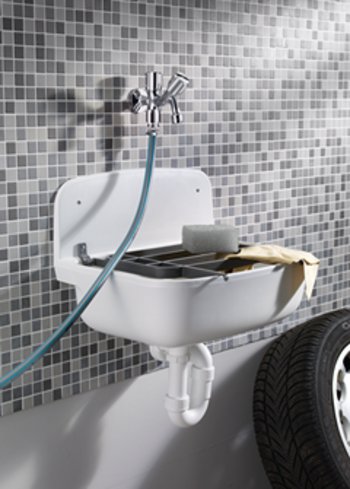
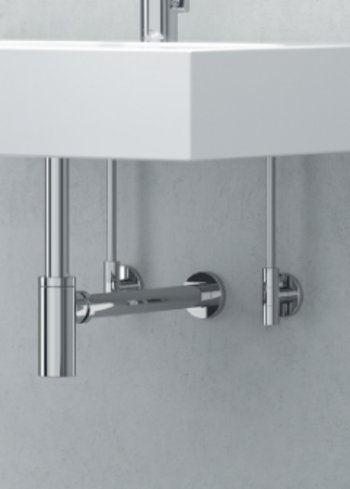
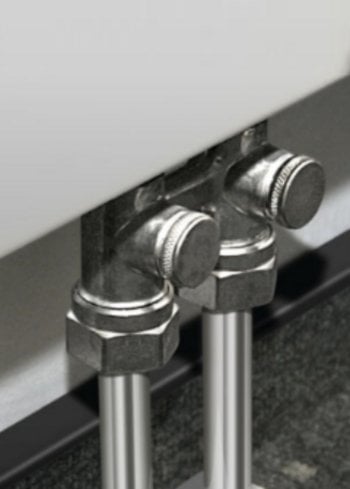
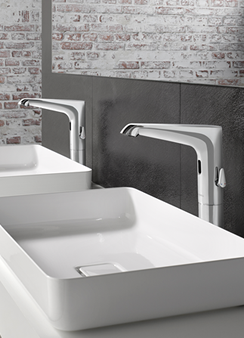
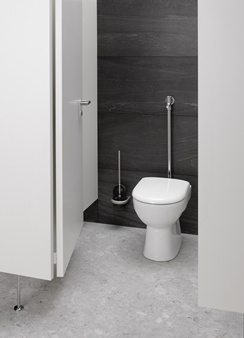
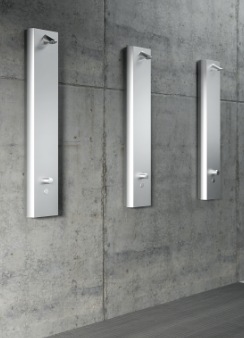

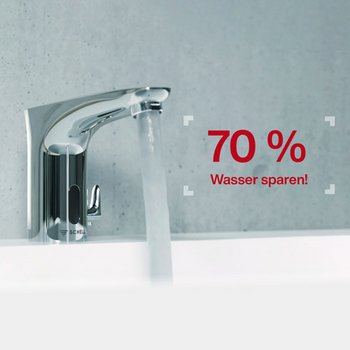
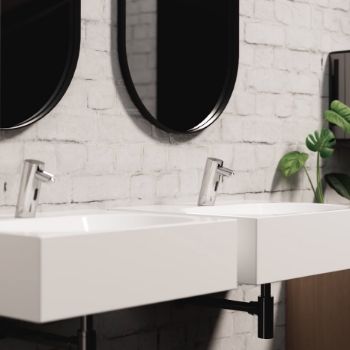


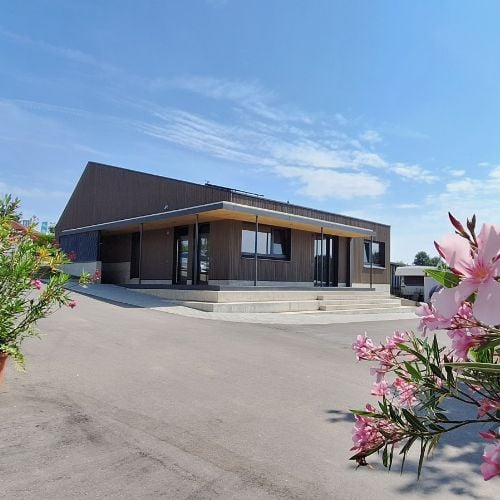

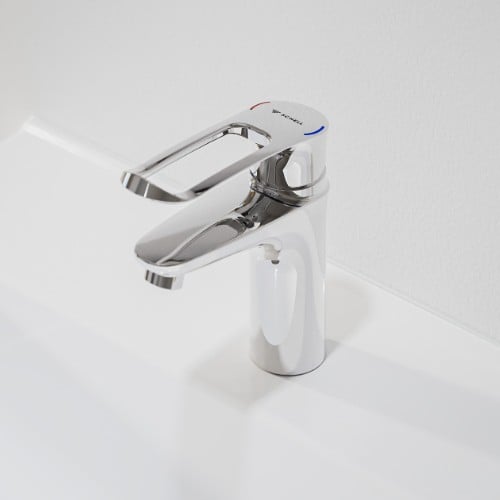
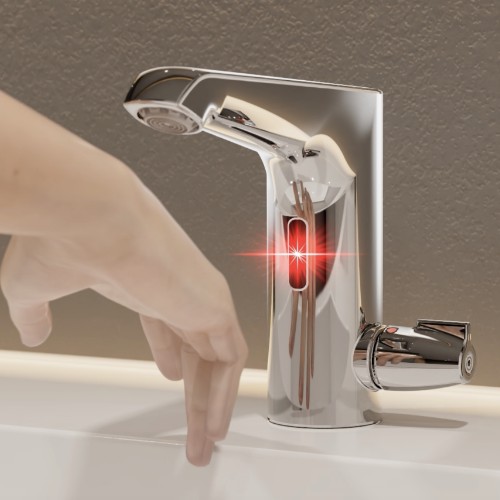
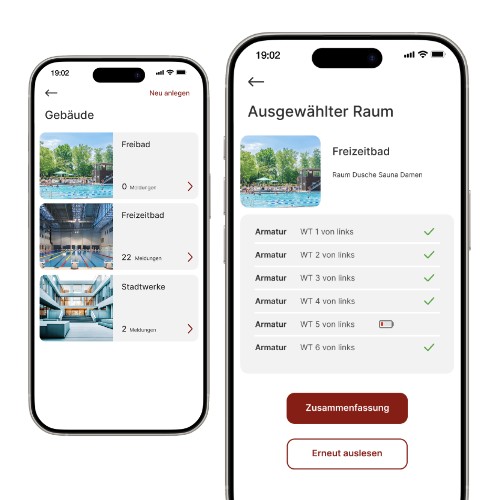
![[Translate to English:] [Translate to English:]](/fileadmin/user_upload/images/menu/menu_service_downloads_broschueren.jpg)
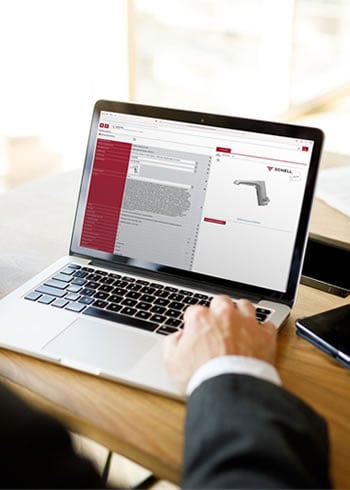



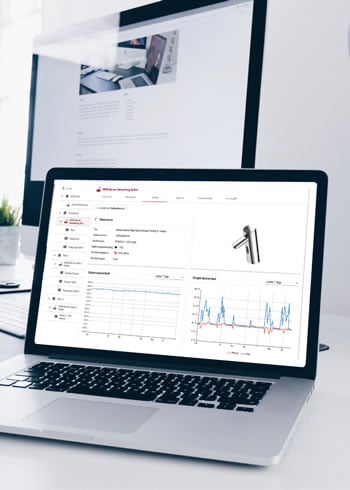


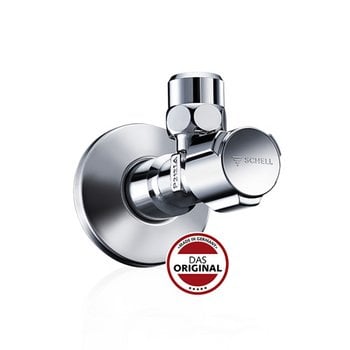
![[Translate to English:] [Translate to English:]](/fileadmin/_processed_/7/7/csm_menu_unternehmen_ueber-schell_awards_f6cec25b1d.jpg)
![[Translate to English:] [Translate to English:]](/fileadmin/_processed_/a/0/csm_menu_unternehmen_ueber-schell_wasser-sparen_41036d2dd9.jpg)







